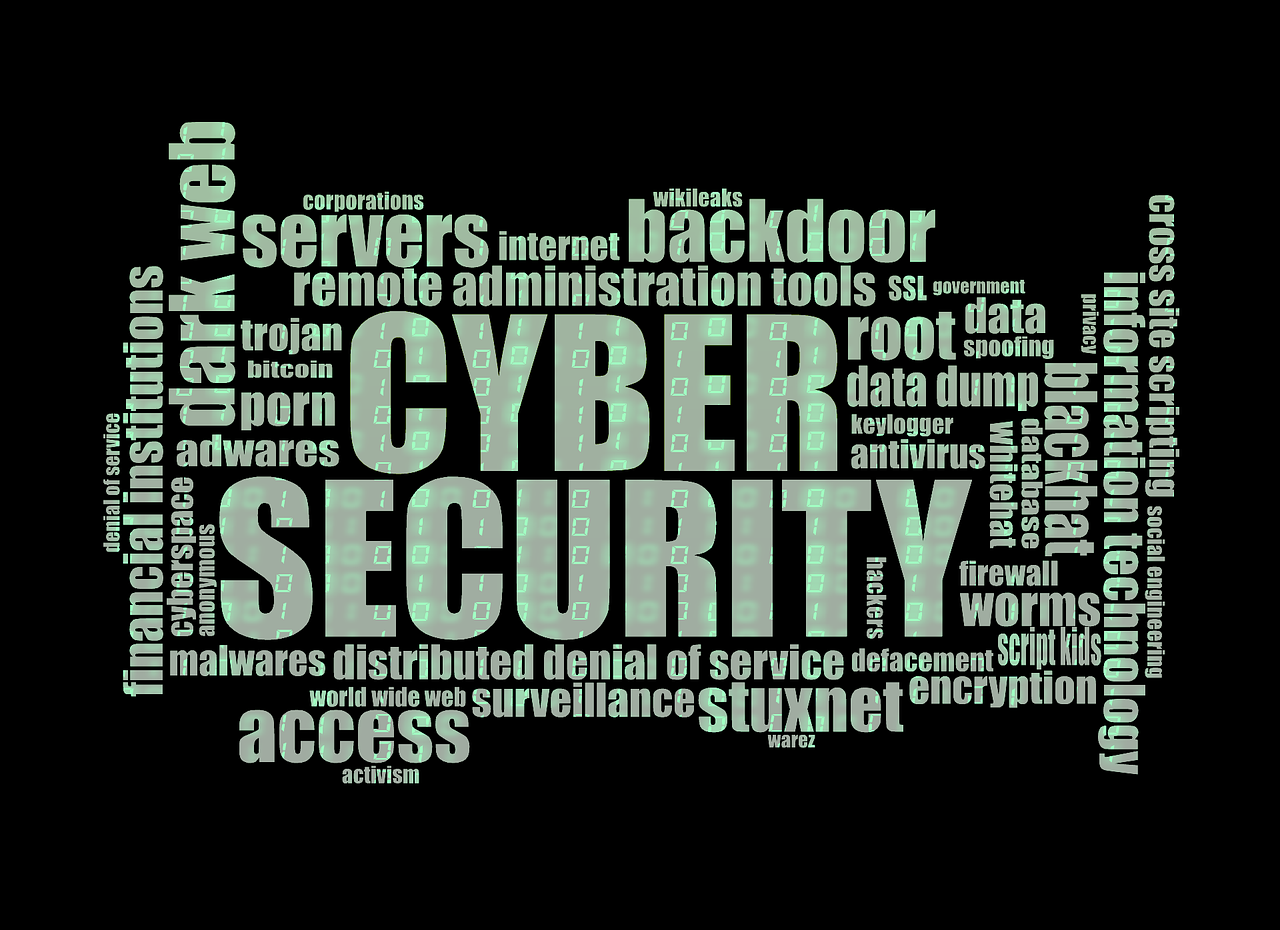 QR (Quick Response) codes are revolutionizing the way many businesses operate. Scanning these unique barcodes with your phone’s camera can instantly bring you to any website. While QR codes are convenient for users, they also open the door for cybercriminals to attack vulnerable people.
QR (Quick Response) codes are revolutionizing the way many businesses operate. Scanning these unique barcodes with your phone’s camera can instantly bring you to any website. While QR codes are convenient for users, they also open the door for cybercriminals to attack vulnerable people.
This informative guide offers many ways to protect your business from QR code phishing attacks. Keep reading to learn more about this type of cyber-attack, including how you can stay safe from scammers.
How Do QR Code Scams Work?
QR codes are great for streamlining business practices. Retailers, entertainment venues, and even restaurants now use them out of convenience. However, QR codes don’t make you immune from phishing attacks.
Scammers will display QR codes alongside a message that tricks people into providing personal information. The code often leads to a fake website where the victim can input sensitive information like their credit card number. Once the hacker has this information, they can quickly steal the victim’s identity and carelessly spend money with their credit card.
For example, hackers may put malicious QR codes on parking meters to scam people into paying through a fake website. Innocent people then share their credit card information with a hacker without realizing it. If you fall for this scam, the hacker has full access to your personal information and can wreak havoc on your finances before you know what is happening.
Safeguard Your Business From QR Code Phishing Attacks
QR code scams are becoming more common, but there are ways that you can safeguard your business. One of the best things any organization can do to keep safe from cyber-attacks is to educate their employees. IT professionals find that most data breaches and cyber-attacks are due to human mistakes. Therefore, it’s essential to recognize the signs of a phishing scam and avoid falling into the trap.
Experts recommend cybersecurity training for your workforce. Educating your employees on common scam tactics is a great way to increase their awareness before scanning QR codes. This training should urge them to carefully scrutinize whichever link the code sends them to, as scammers may use links with typos to trick users into thinking they are visiting legitimate sites to get their information.
Finally, one of the best ways to protect your business from QR code phishing attacks is using two-factor authentication or 2FA. This security measure requires that a user enter a second form of verification when signing into their account, such as a one-time passcode or security question answer. This way, a hacker has a harder time infiltrating your worker’s email. Employ these measures and keep yourself safe from hackers.
Darryl Cresswell
CEO & President
MYDWARE IT Solutions Inc.




